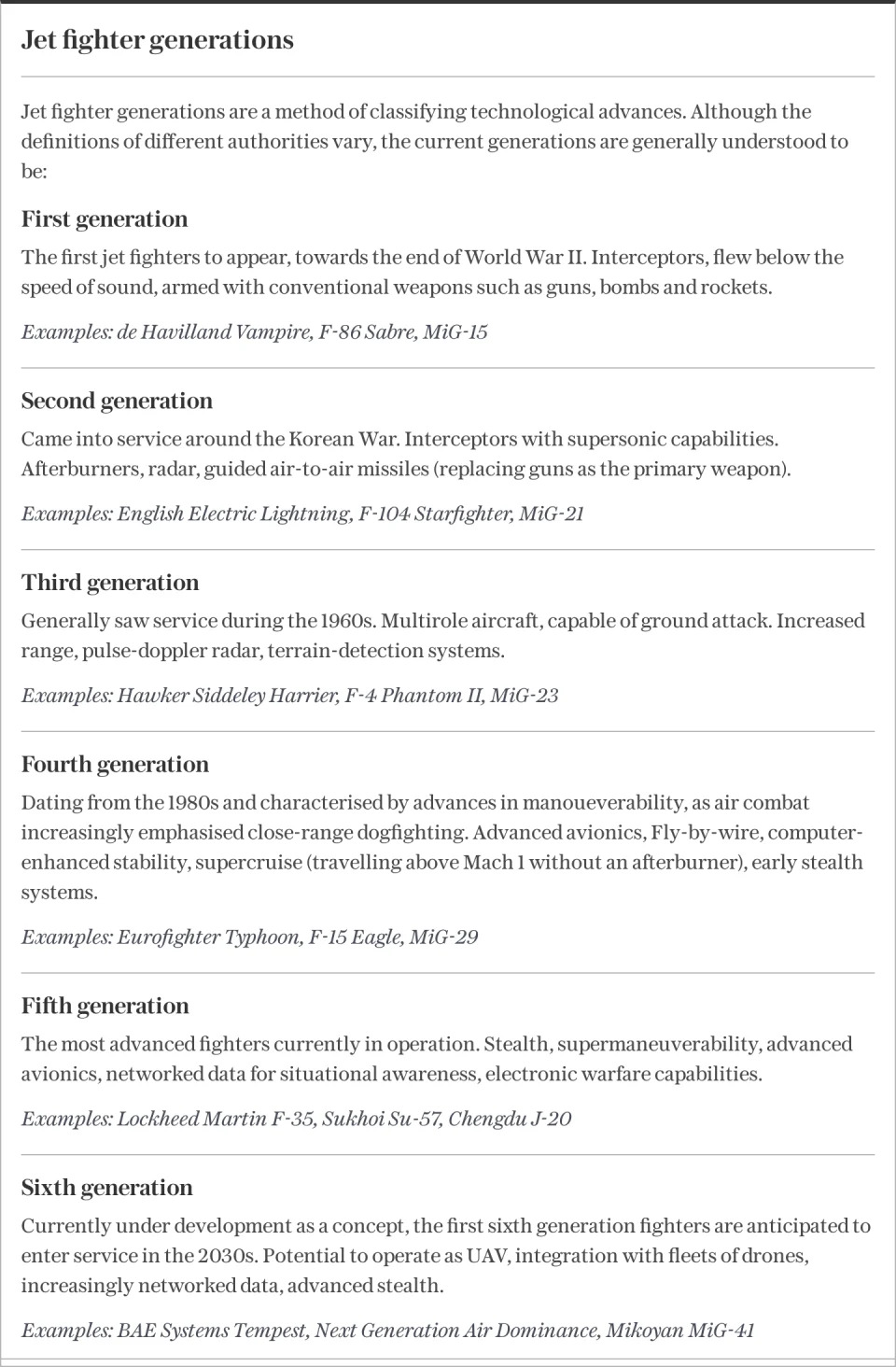Opinion-American Eagles spread their wings above Taiwan, but there’s a problem

The US Air Force plans to restore its permanent fighter wing flying Boeing F-15 Eagles at Kadena air base in Japan’s Okinawa prefecture. But the move might be self-defeating if the flying branch doesn’t do something to protect the F-15s from Chinese missiles.
Japanese newspaper Nikkei was the first to report the news. Nikkei cited sources in the US Congress saying efforts were underway to base F-15EXs – the newest version of the classic twin-engine, supersonic fighter – at Kadena.
But the $100-million jets are probably little more than expensive targets for Chinese ballistic missiles. That’s unless, and until, the Air Force hardens Kadena to withstand the intensive barrage that analysts say is the Chinese military’s likely first move in an invasion of Taiwan.
For 44 years, F-15s belonging to the 18th Wing at Kadena have patrolled the sky over the western Pacific Ocean. As recently as last year, the wing had 48 single-seat F-15Cs and two-seat F-15Ds. They were the most capable USAF air-superiority fighters in the region, and the closest – just 400 miles – to a potential clash over Taiwan.
But the F-15C/Ds were nearly 50 years old and increasingly unsafe for their pilots. Several of the Eagles at Kadena had been grounded for safety reasons. Several others had just a few flights left in them. So last year, the Air Force made the controversial decision to retire or reassign the original F-15s by 2025. Half are already gone.
The drawdown of the 18th Wing has left US and allied forces in the western Pacific without their usual dedicated air cover. To compensate, the Air Force has been rotating smaller detachments of fighters from US-based squadrons to Kadena. But some observers worry that a temporary detachment can’t replace a permanent wing, one whose pilots train every day to defeat a Chinese attack on Taiwan.
So it was good news to many when Gen. Kenneth Wilsbach, commander of the US Pacific Air Forces, told Nikkei he did not expect temporary fighter rotations “in perpetuity.” According to the newspaper, the plan is for 36 newly-built F-15EXs to replace the 48 F-15C/Ds.
The EX-model of the classic Eagle has the same basic shape as its older kin, but it’s a radically different airplane on the inside, with superior sensors and weapons. Boeing designed it to carry the new long-range hypersonic land-attack missiles the Air Force is developing. The company tailored the EX for a single pilot, but left space for a second crew member who could, among other tasks, control missile-armed drones.
The Air Force has committed to buying just 104 F-15EXs through 2026, at least 54 of which would go to US Air National Guard squadrons that patrol US air space. A dozen more would go to test and training units, leaving just enough for two 18-jet squadrons at Kadena.
But they might not even get off the ground during a war with China. According to war games organized by the Center for Strategic and International Studies in Washington DC, the Air Force would lose between 70 and 274 aircraft battling Chinese forces, most of them on the ground as Chinese missiles rained down in the conflict’s first few hours. Kadena, and its F-15s, would be the biggest target.

It’s not for no reason that the same think-tank advised the Air Force to focus on its bombers. Where an F-15 might range 800 miles with a load of missiles, a bomber can fly thousands of miles – meaning it can operate from bases that lie beyond the range of Chinese missiles. The USAF’s 150 bombers, flying “conveyer-style” and launching a dozen long-range cruise missiles with each sortie, could sink a Chinese invasion fleet, CSIS concluded.
Bombers, including the Air Force’s newest B-21 stealth bomber, could render the 18th Wing and its F-15EXs redundant. But if the Air Force’s own war games have indicated the F-15EXs are necessary for the defense of Taiwan, there are some obvious steps the service could take to protect them on the ground.
The Air Force is already working on plans for dispersing its Pacific-based fighters from their big bases to many smaller bases that are harder to target. But this dispersal hinges on ample early warning about a coming Chinese attack. If Chinese forces achieve surprise, the F-15EXs will still be at Kadena when the missiles strike.
Parking the fighters in thick concrete shelters might protect them from the worst of the damage. But the Air Force is weirdly resistant to building these so-called “hardened aircraft shelters,” even as the Chinese are building hundreds of similar shelters at their own air bases near Taiwan.
The Air Force needs to decide. Is it serious about deploying new F-15s in a war with China? If not, it should center its war plans on bombers. If so, it needs to protect the jets at their vulnerable base.
- Questions and Answers
- Opinion
- Story/Motivational/Inspiring
- Technology
- Art
- Causes
- Crafts
- Dance
- Drinks
- Film/Movie
- Fitness
- Food
- Giochi
- Gardening
- Health
- Home
- Literature
- Music
- Networking
- Altre informazioni
- Party
- Religion
- Shopping
- Sports
- Theater
- Wellness
- News
- Culture
- War machines and policy

